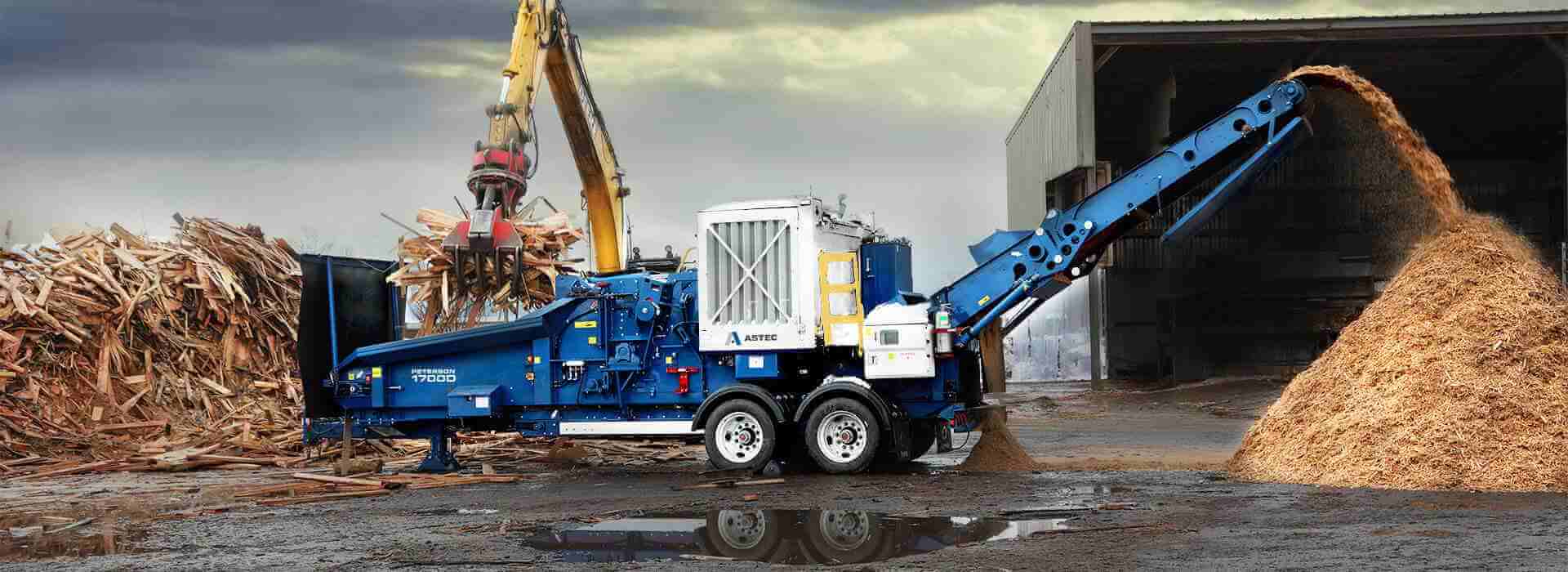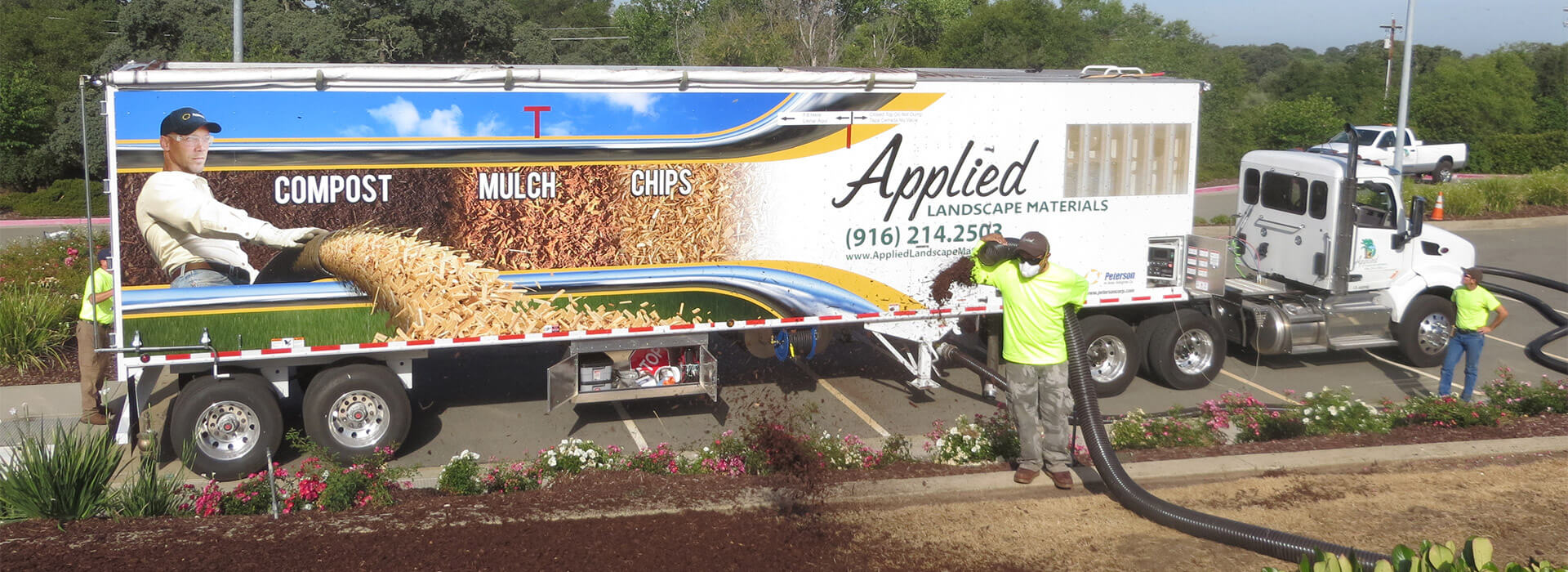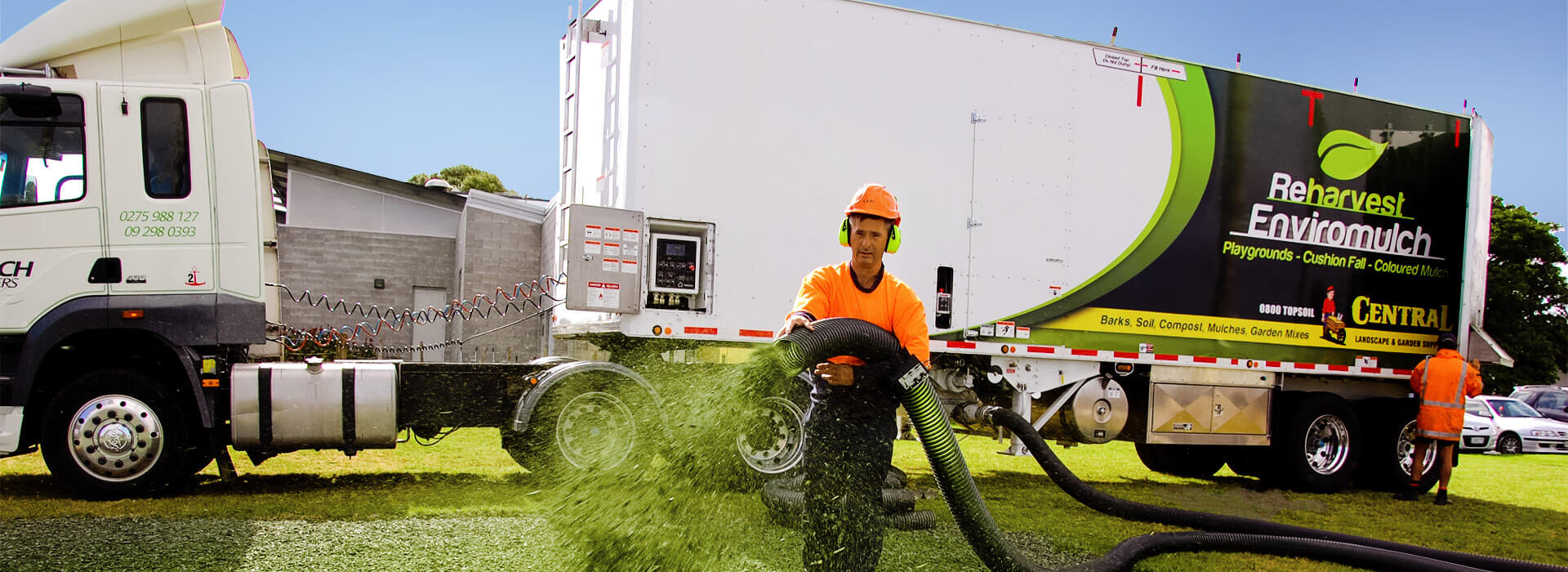Mulch
Mulch
Mulch is a protective layer of material applied to the surface soil, and may be used to:
- Conserve moisture
- Provide weed control
- Regulate soil temperature
- Promote soil fertility
- Boost landscape appearance
- Prevent soil erosion
Organic mulch is a product that can decompose, providing nutrients to the soil over time. It can be made from a variety of materials, typically organic, but not exclusively.
- Bark and wood chips
- Leaves and grass clippings
- Mint compost
- Rubber
- Compost and manure
Bark Mulch & Bark Dust
These products are processed bark materials from different species of trees, used as a ground coverings for multiple applications. Bark mulch can be used for water retention around plants while giving the landscape an attractive manicured appearance. It may also be used for acidifying soil and weed control, providing mud control, creating trail surfaces and as a growing medium.
Bark mulch comes in different sizes and species, tailored for specific applications. Each bark species has its own defining characteristics and are often regionally popular based on local forests varieties. Fir, cedar, cypress, oak, pine and hemlock are just a few varieties.
It’s typically orange or red-brown in color, but may have added coloring, such as black, for additional customization.
Colored Mulch
Add value to your mulch product by coloring it to suit your local customer preferences. Black, brown and red are the most common colors, but any combination of colors is possible.
Media Gallery
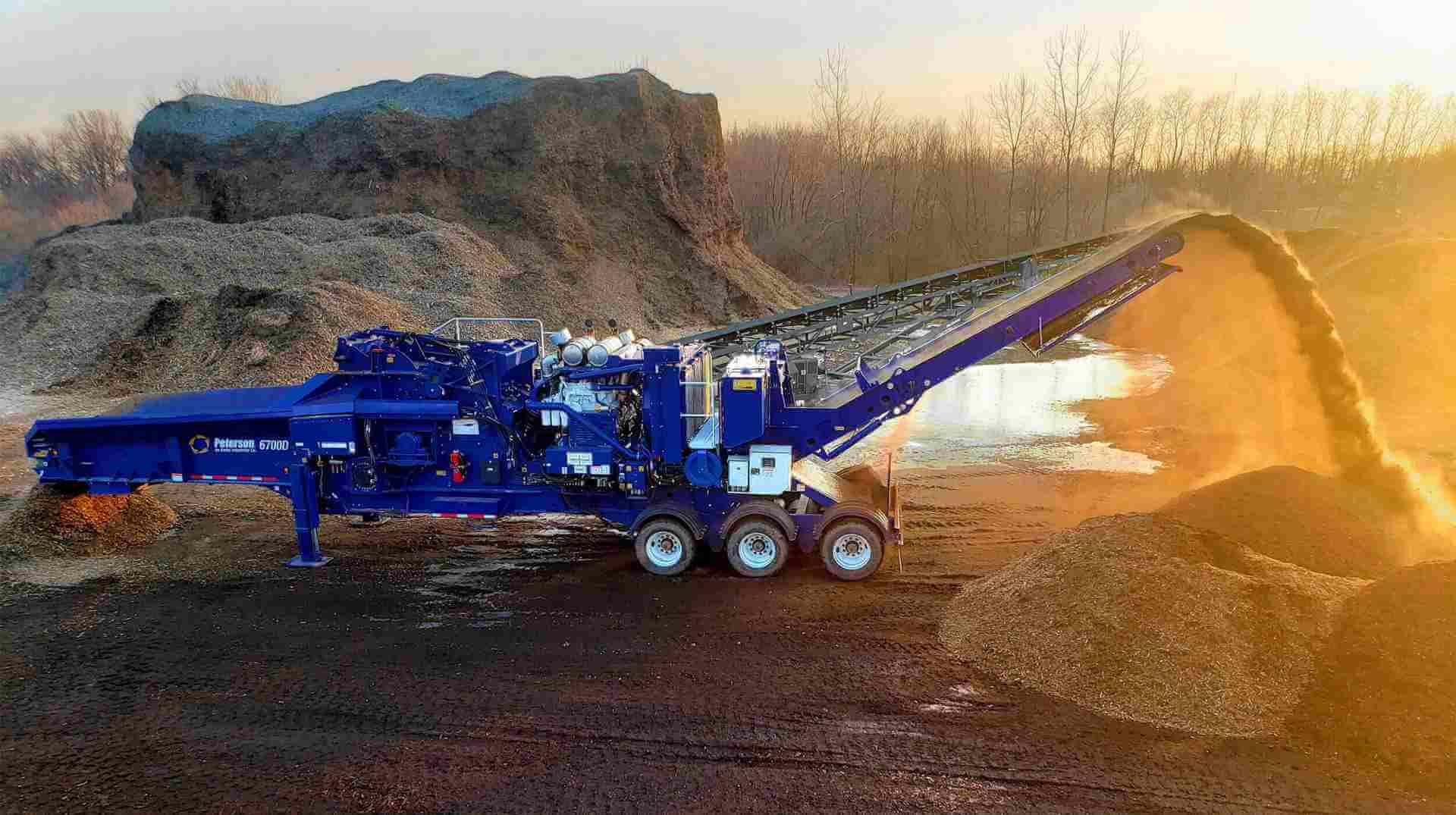
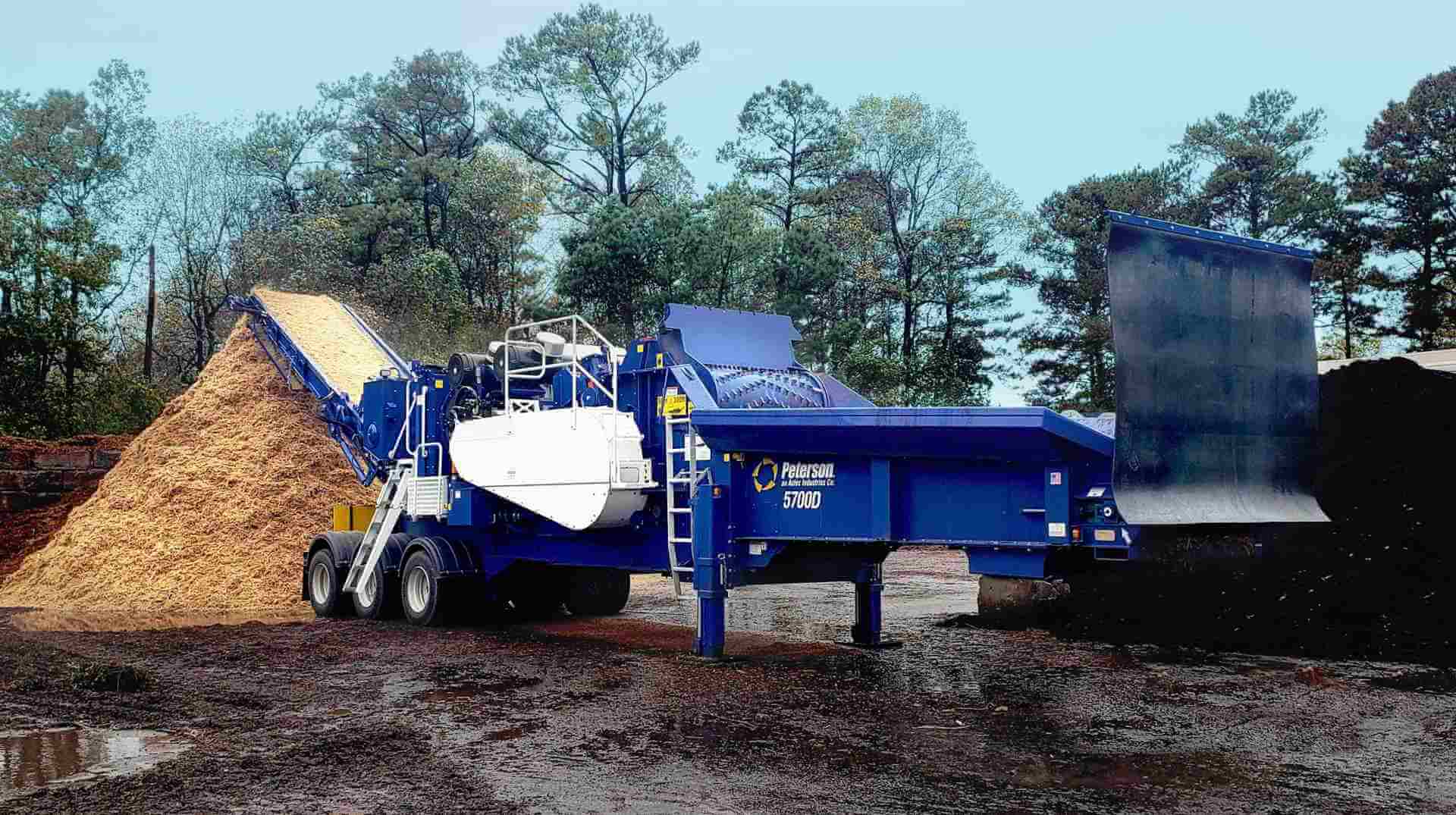
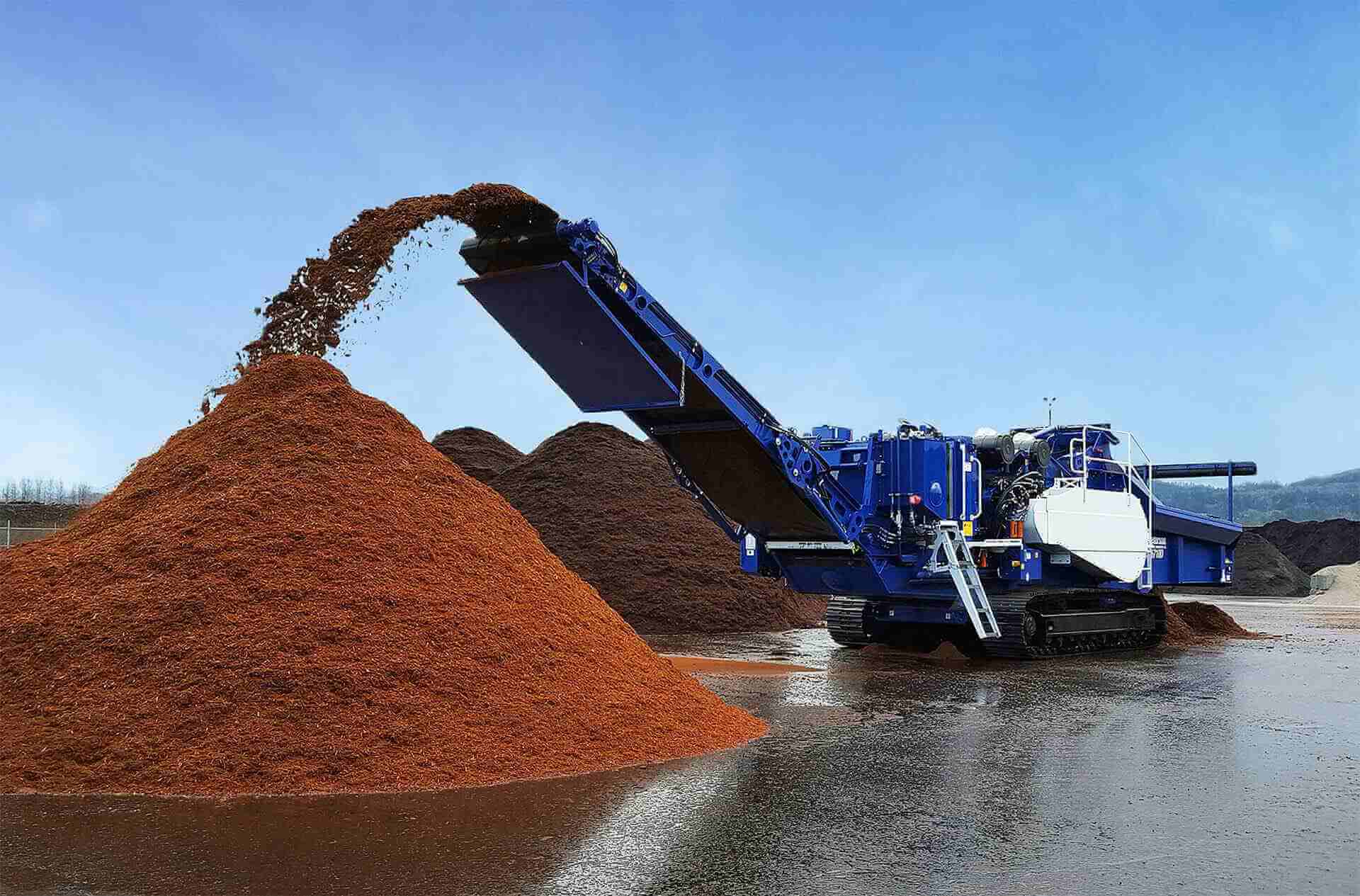
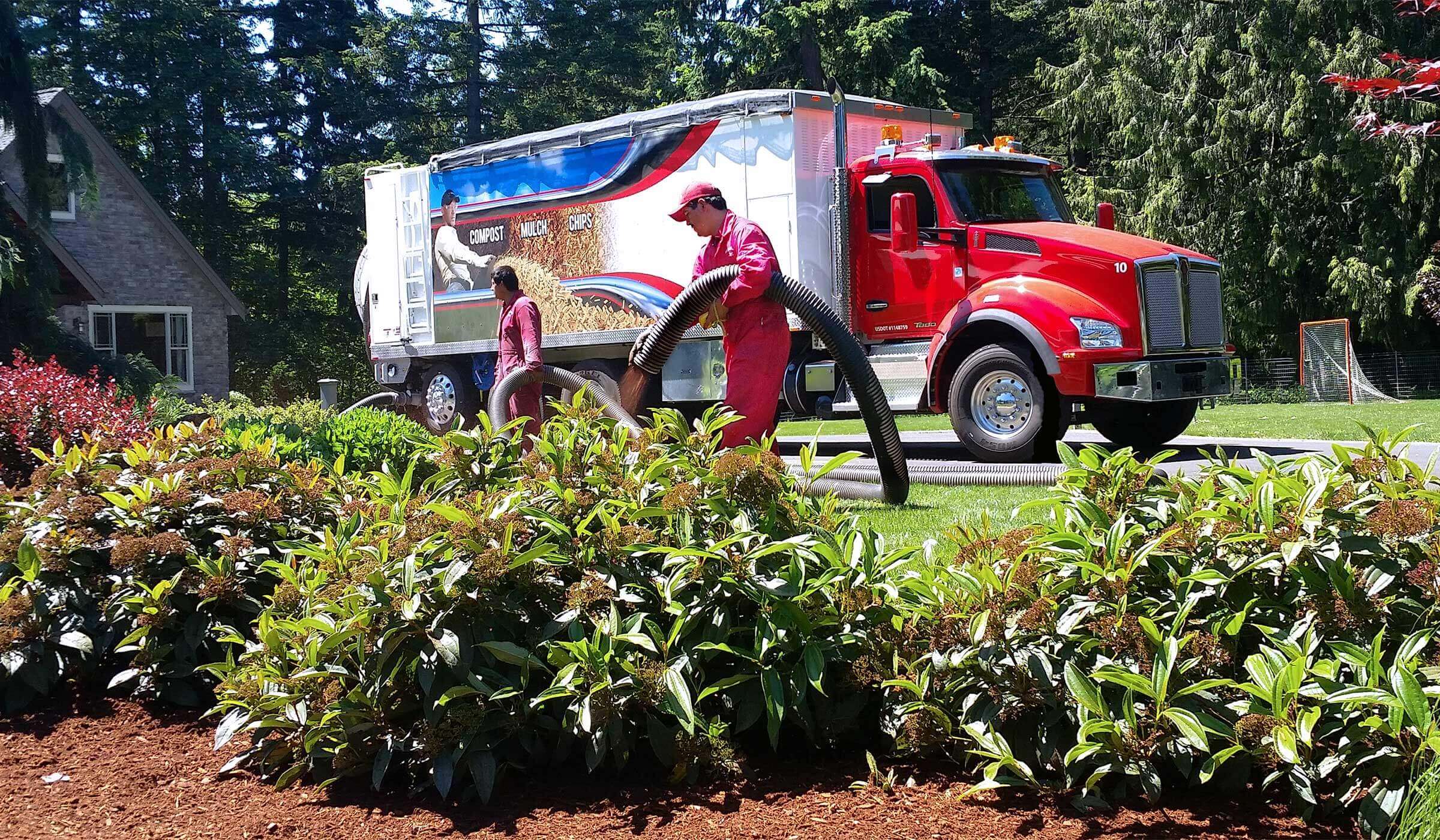
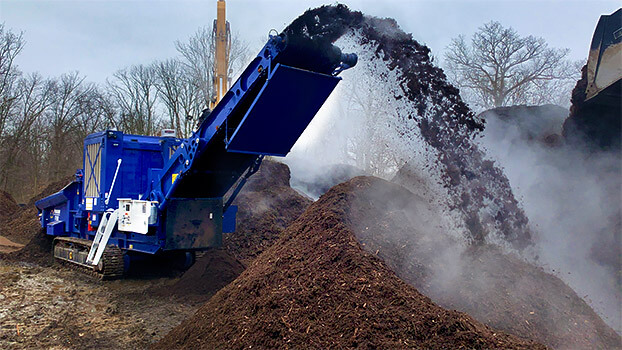
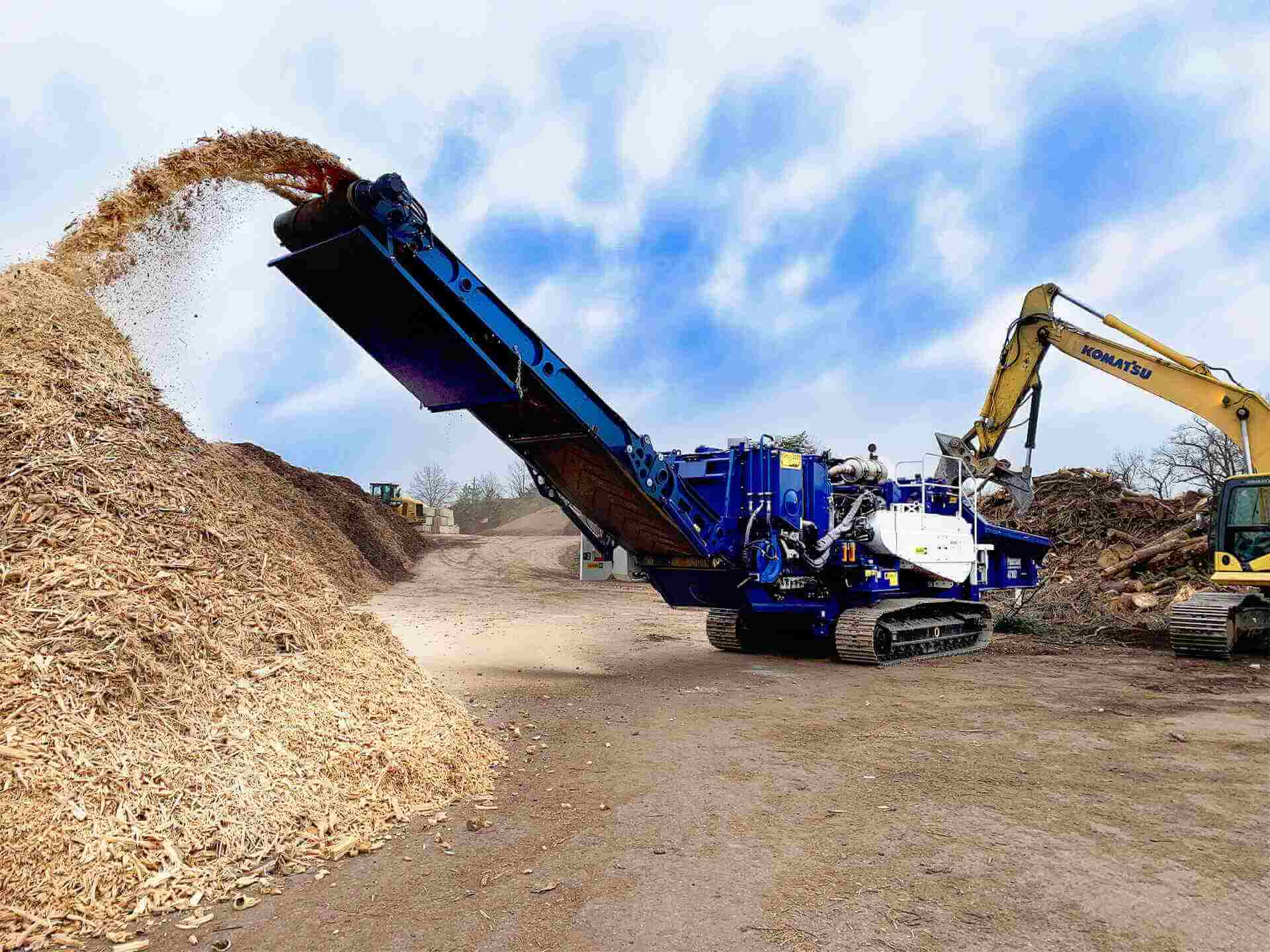
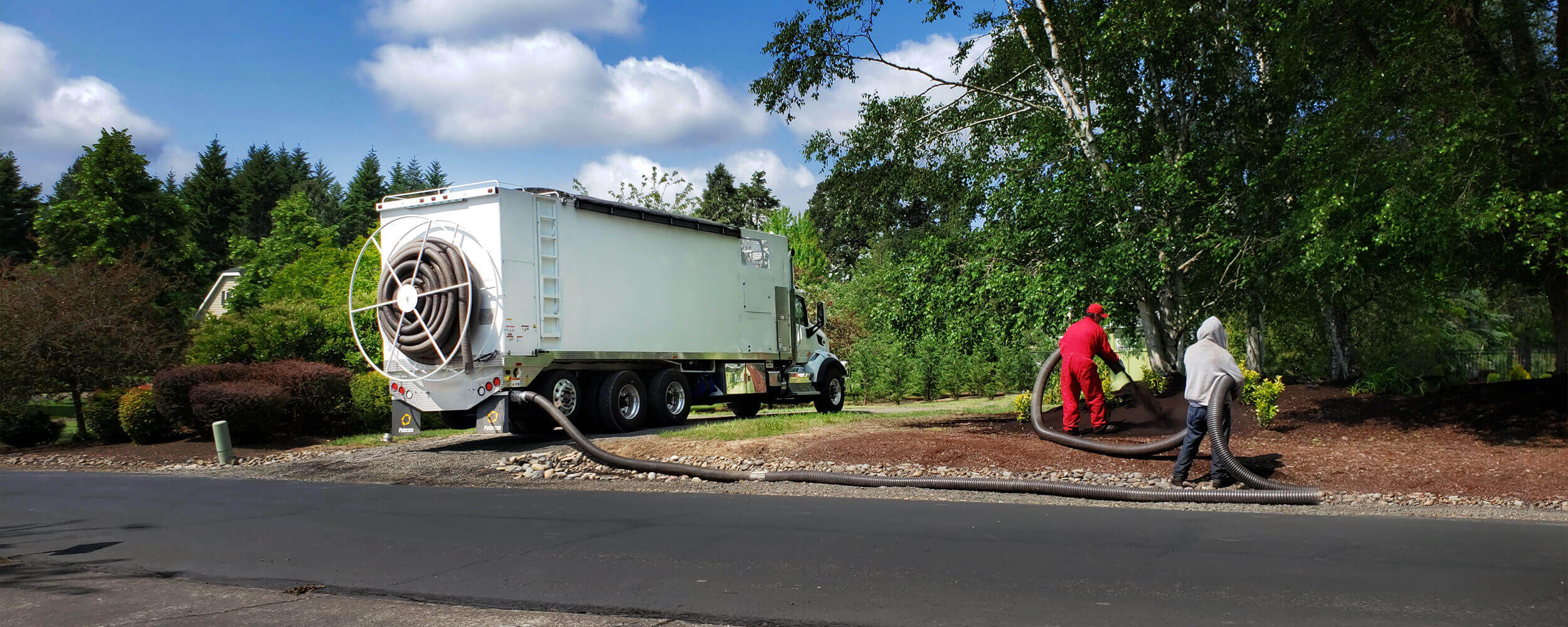
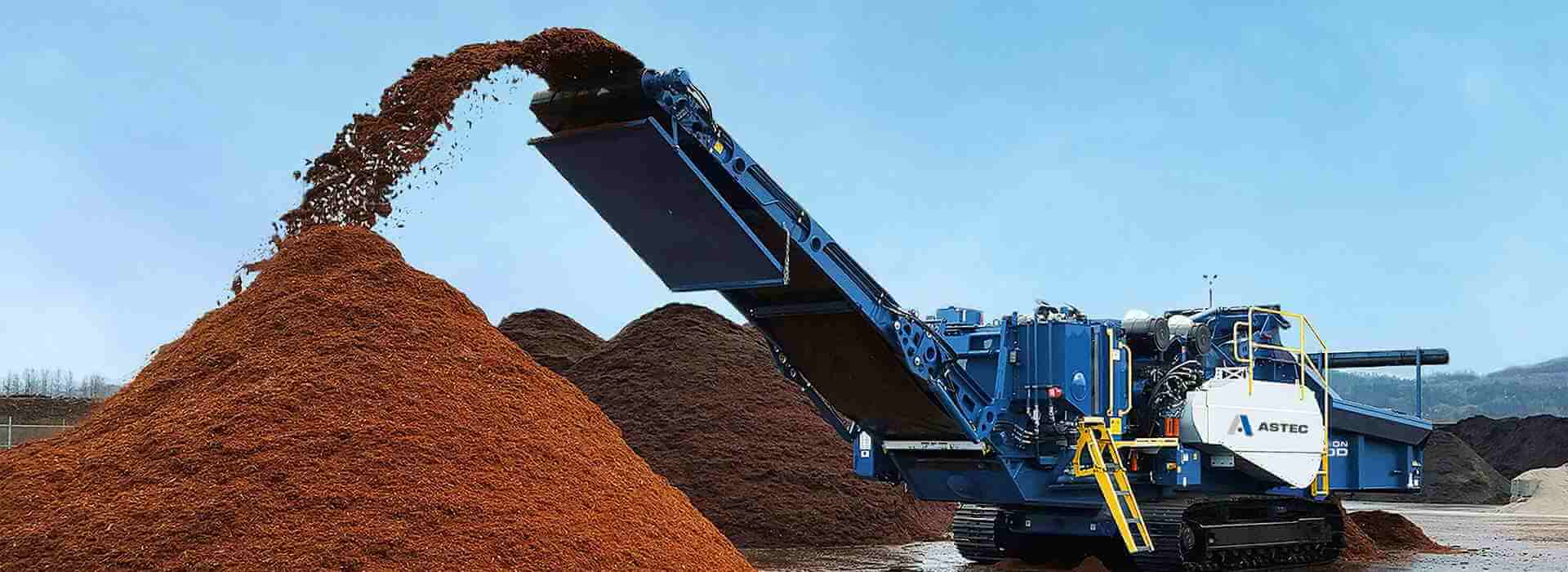
/ranger-plants/feature-images/astec-ranger-plant_c12_cone.jpg?sfvrsn=b03f623a_3)
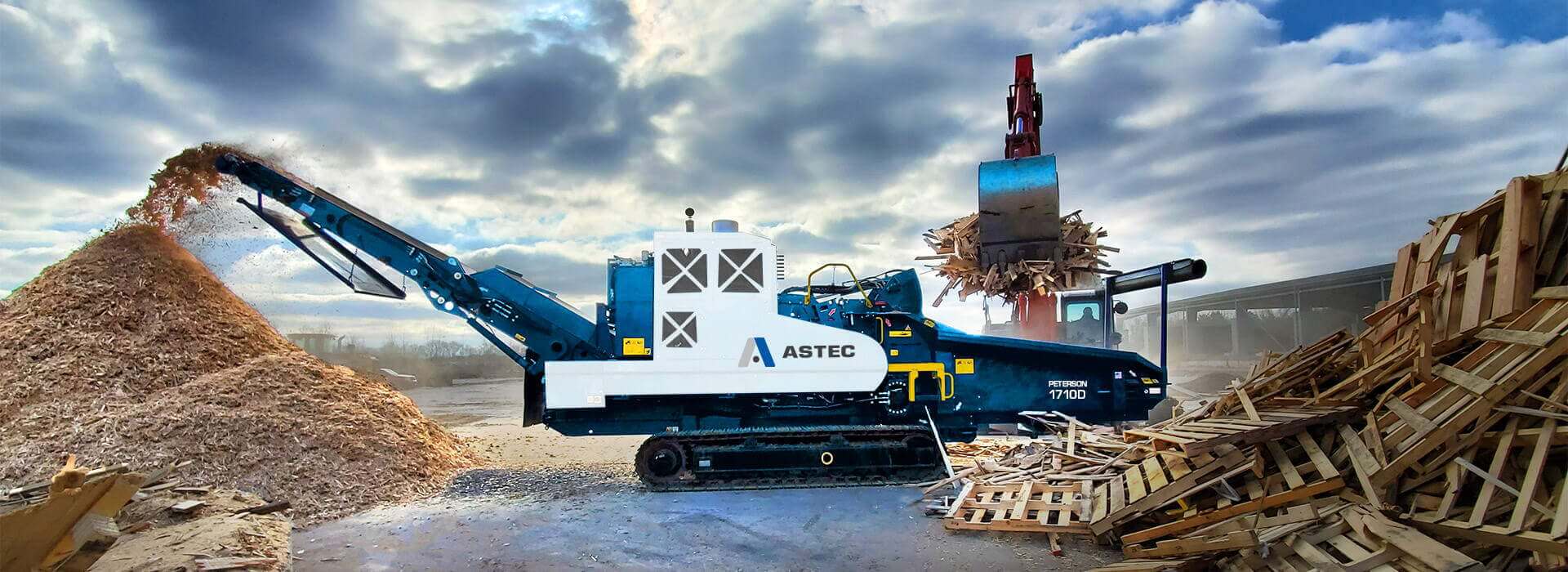
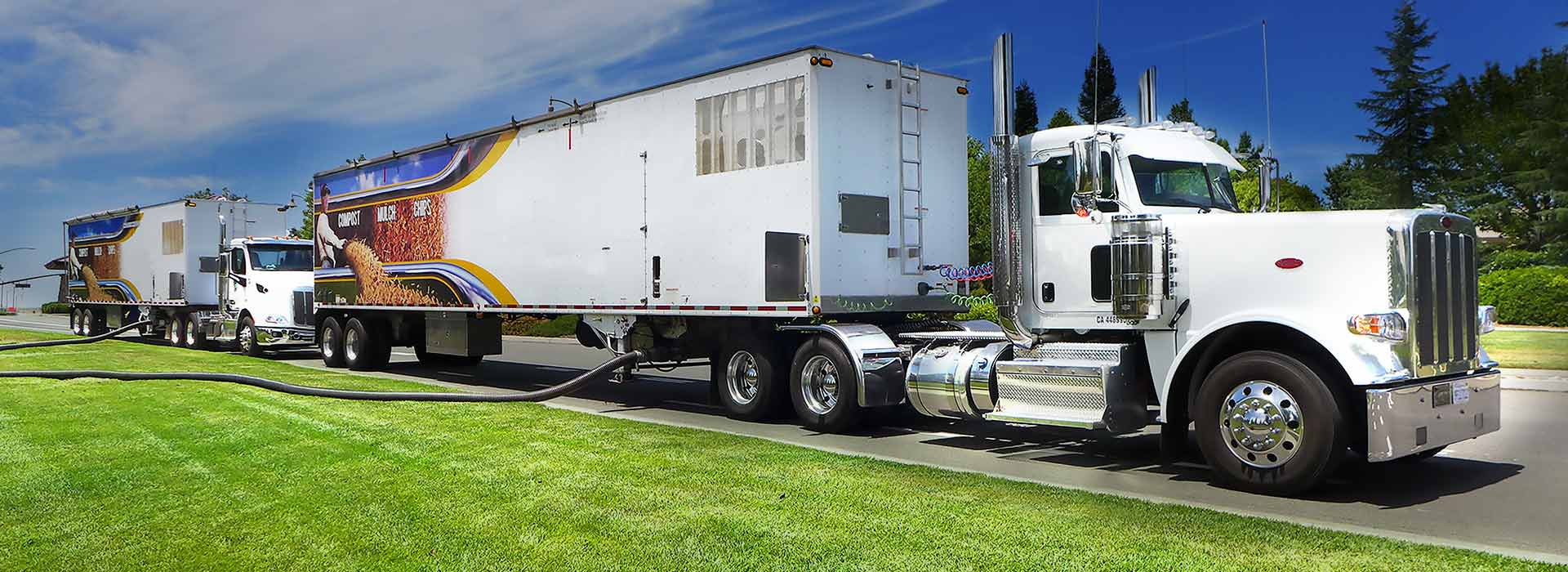
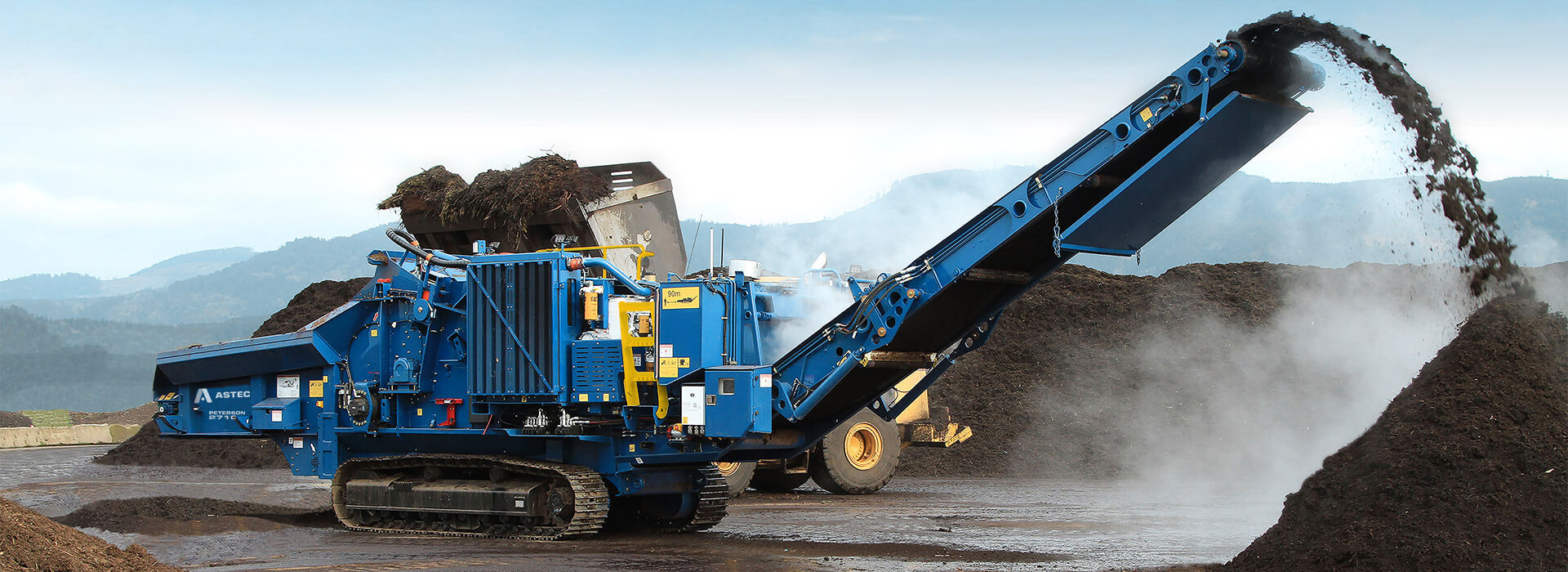
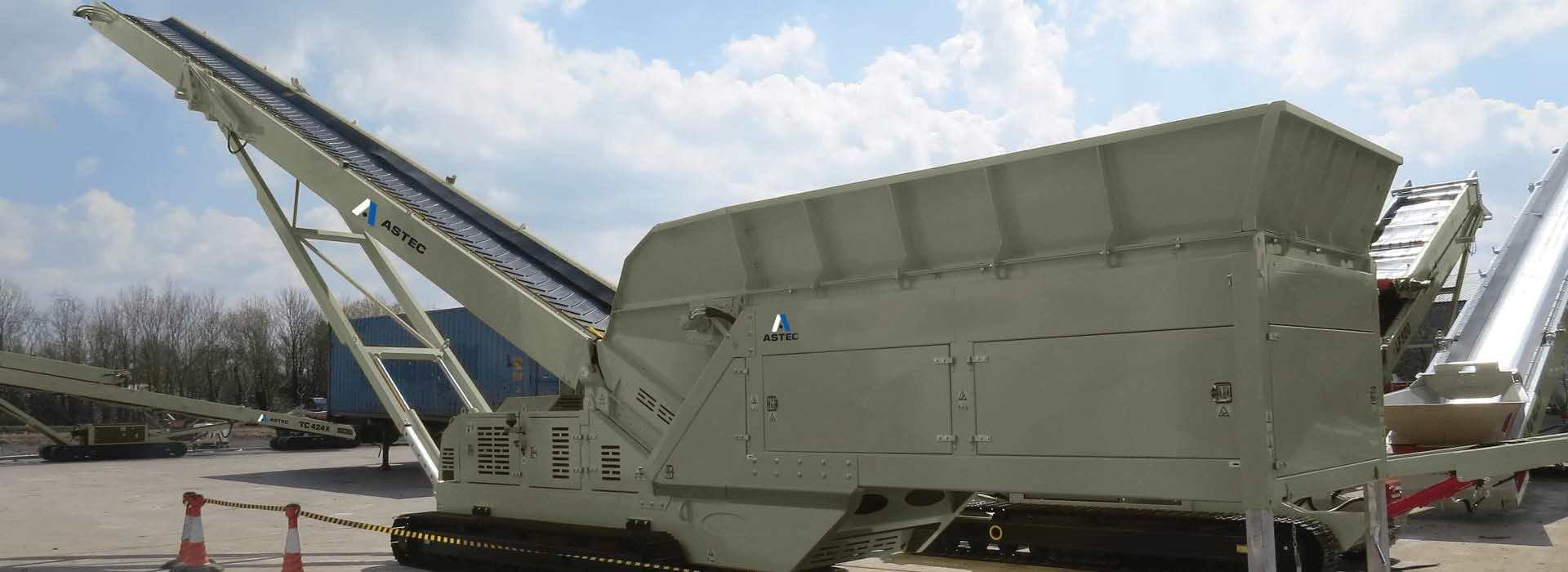
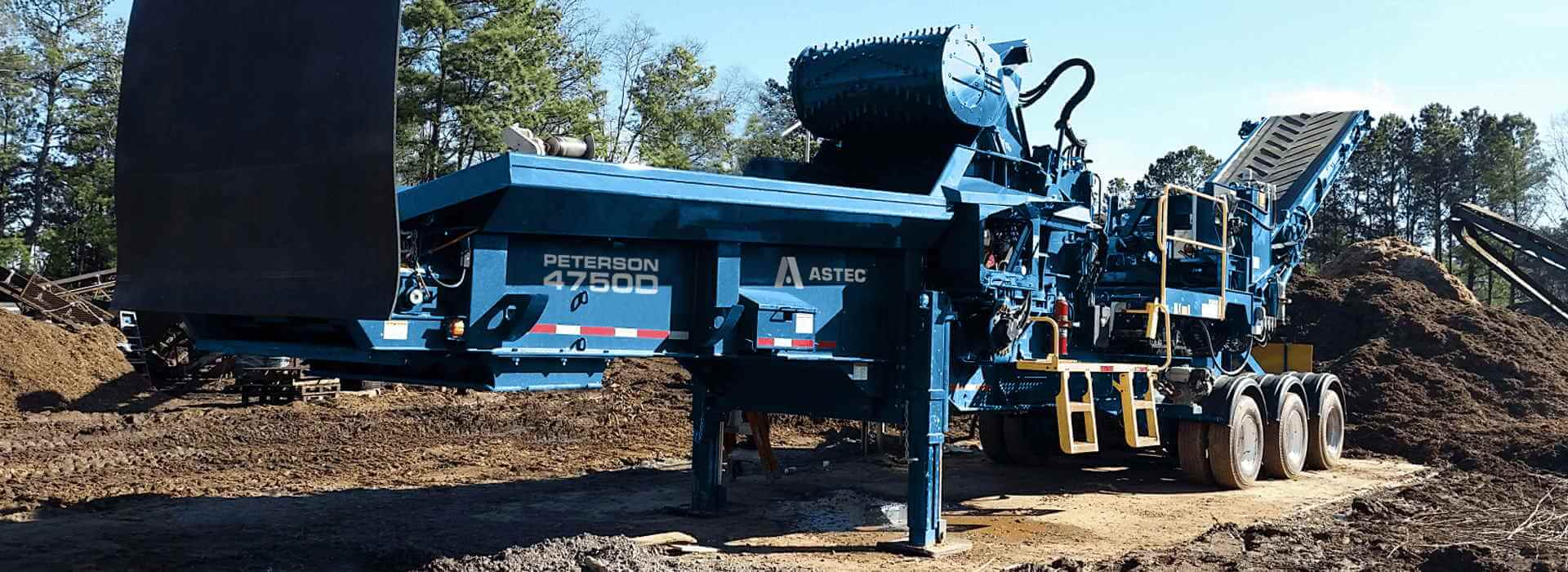
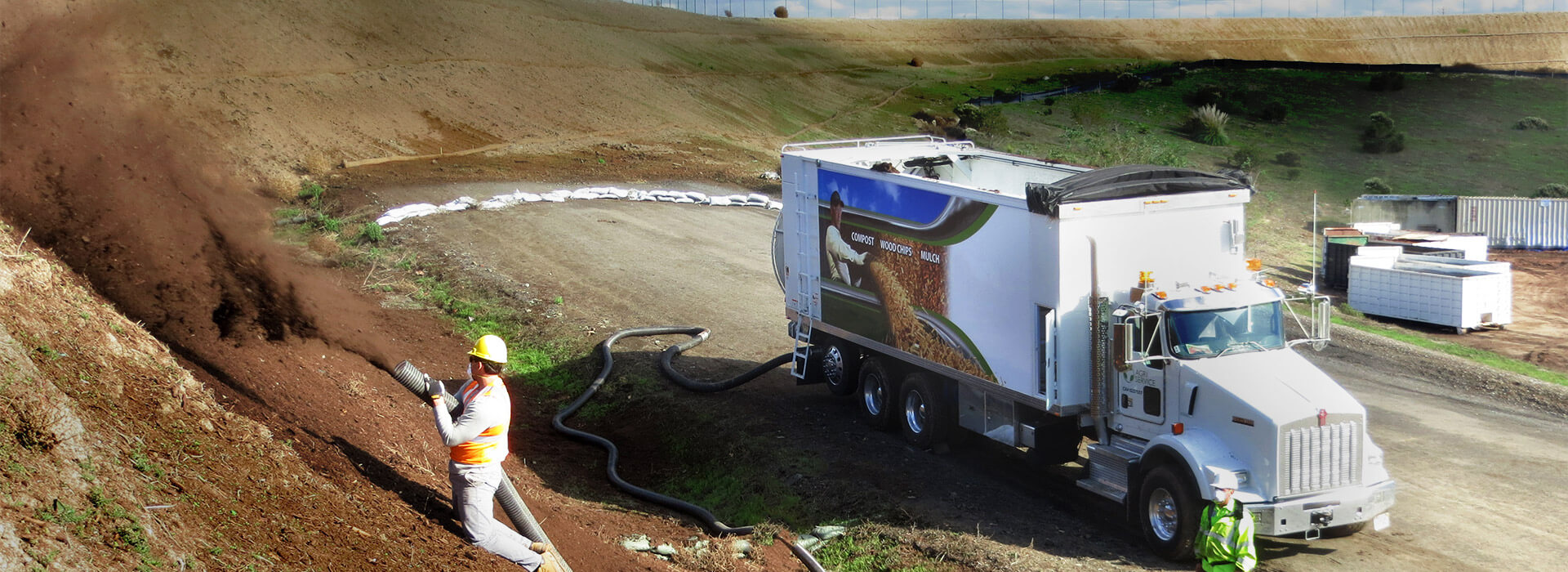
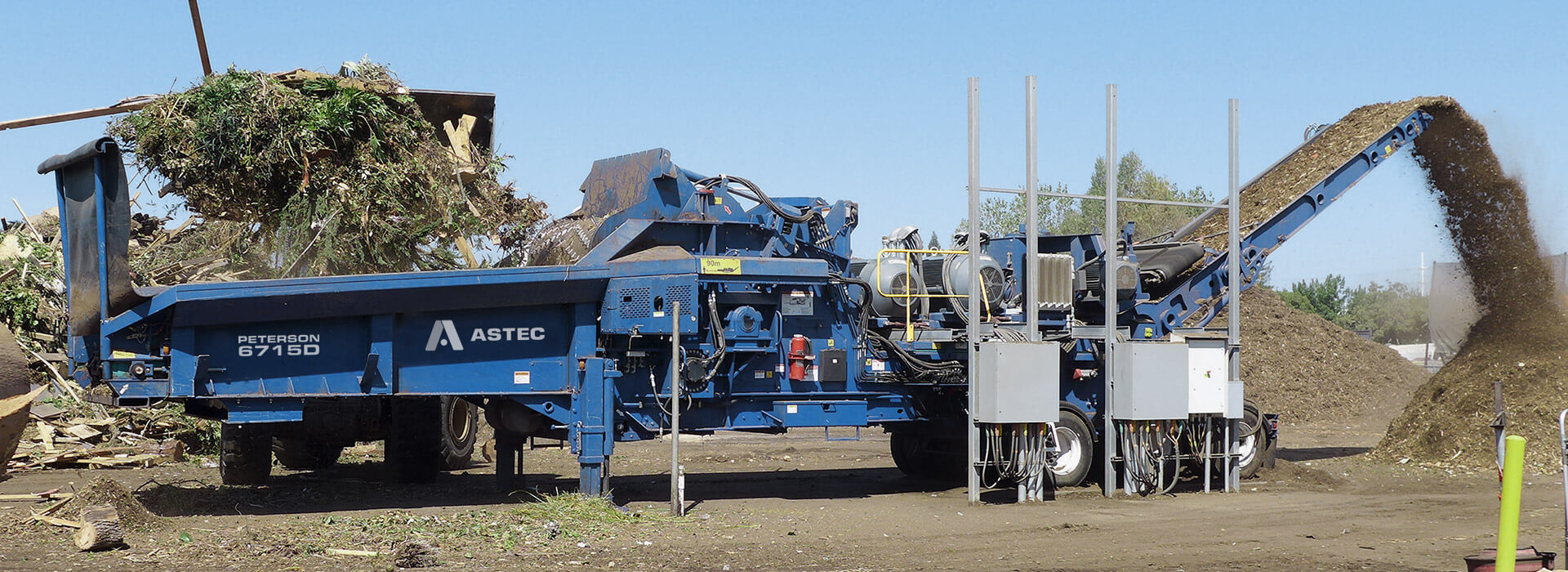
/ranger-plants/ranger-line-header-02.jpg?sfvrsn=c145462e_5)
/ranger-plants/feature-images/astec-ranger-plant_srt11_trommel.jpg?sfvrsn=f32596b5_3)
/ranger-plants/feature-images/astec-ranger-plant_ss10_directfeed.jpg?sfvrsn=ff9fe350_6)
/ranger-plants/feature-images/astec-ranger-plant_sf10_highincline.jpg?sfvrsn=810d918c_3)
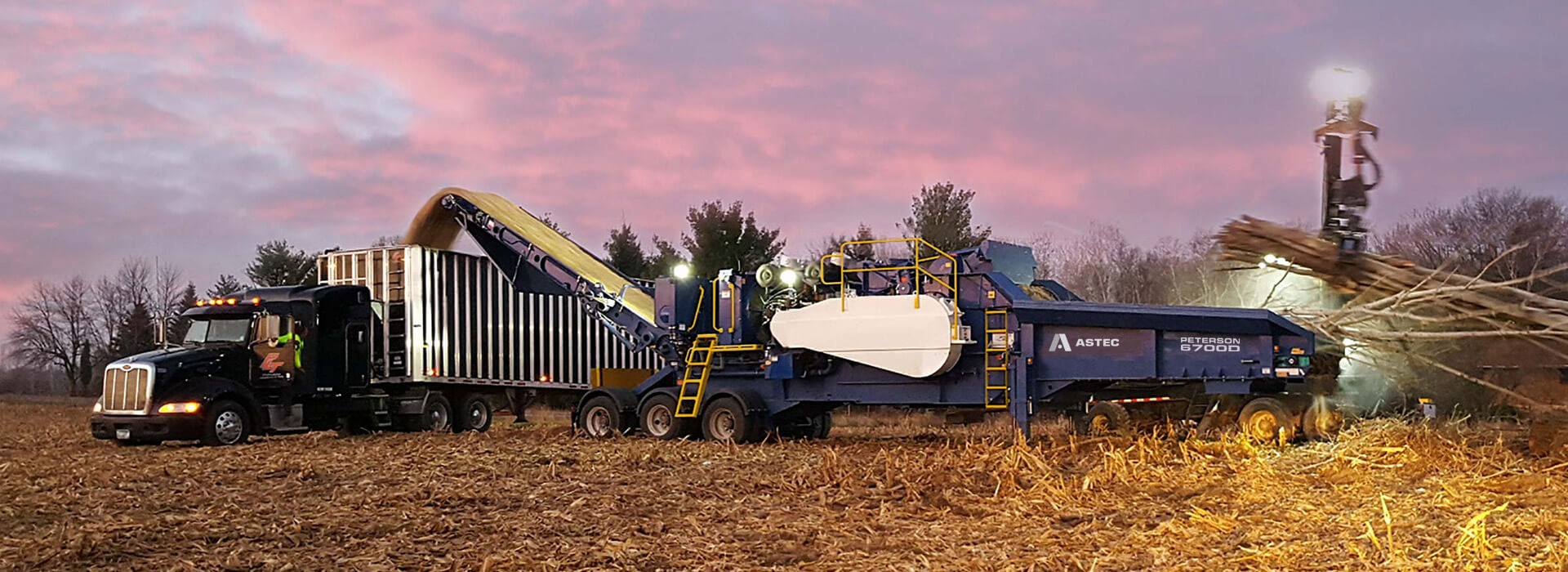
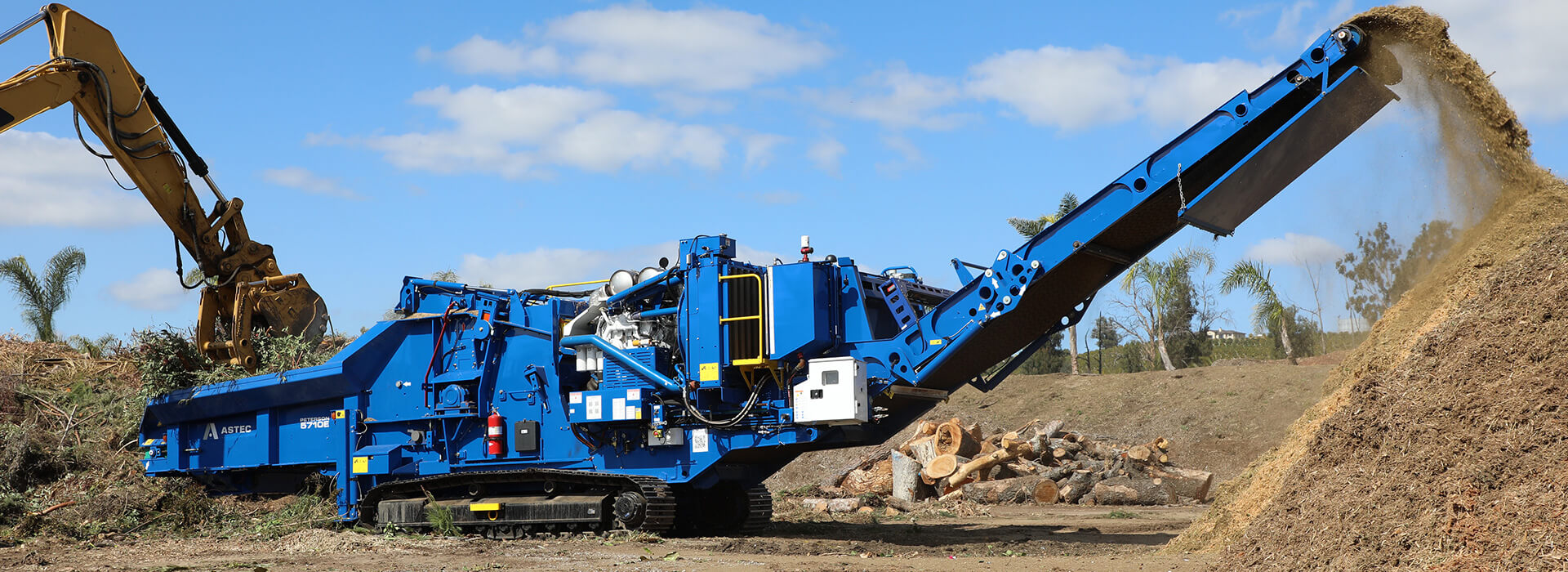
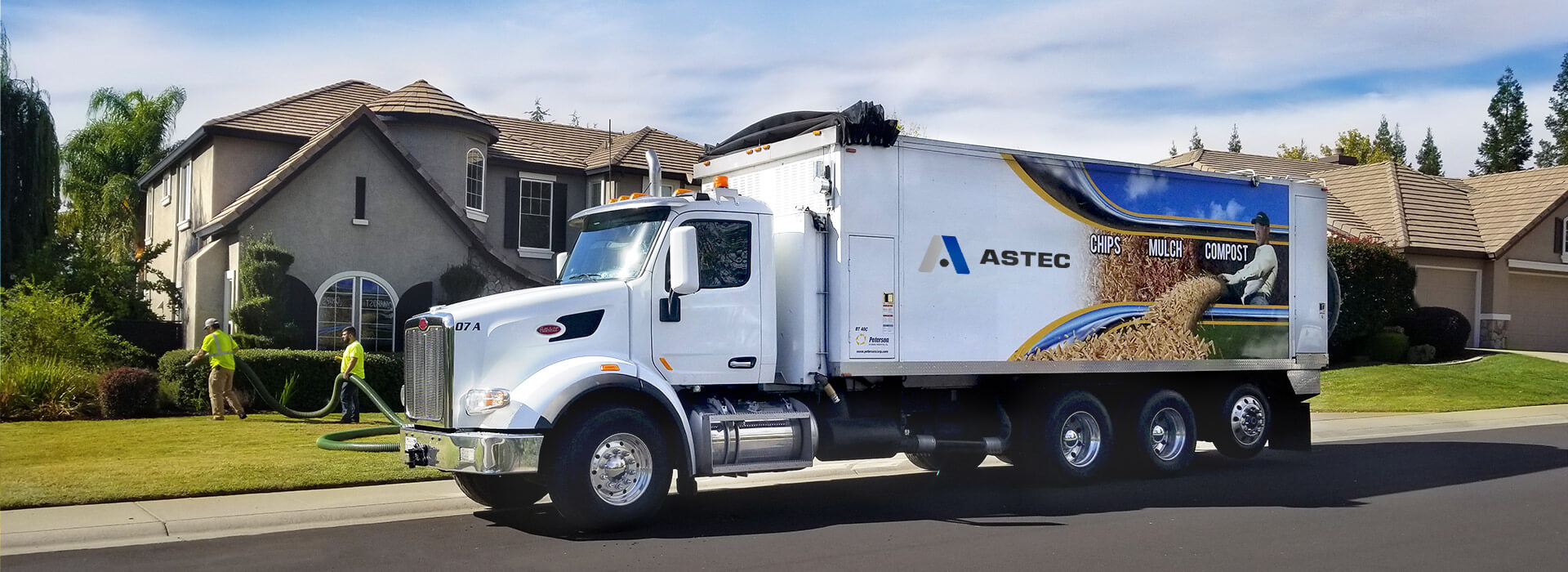

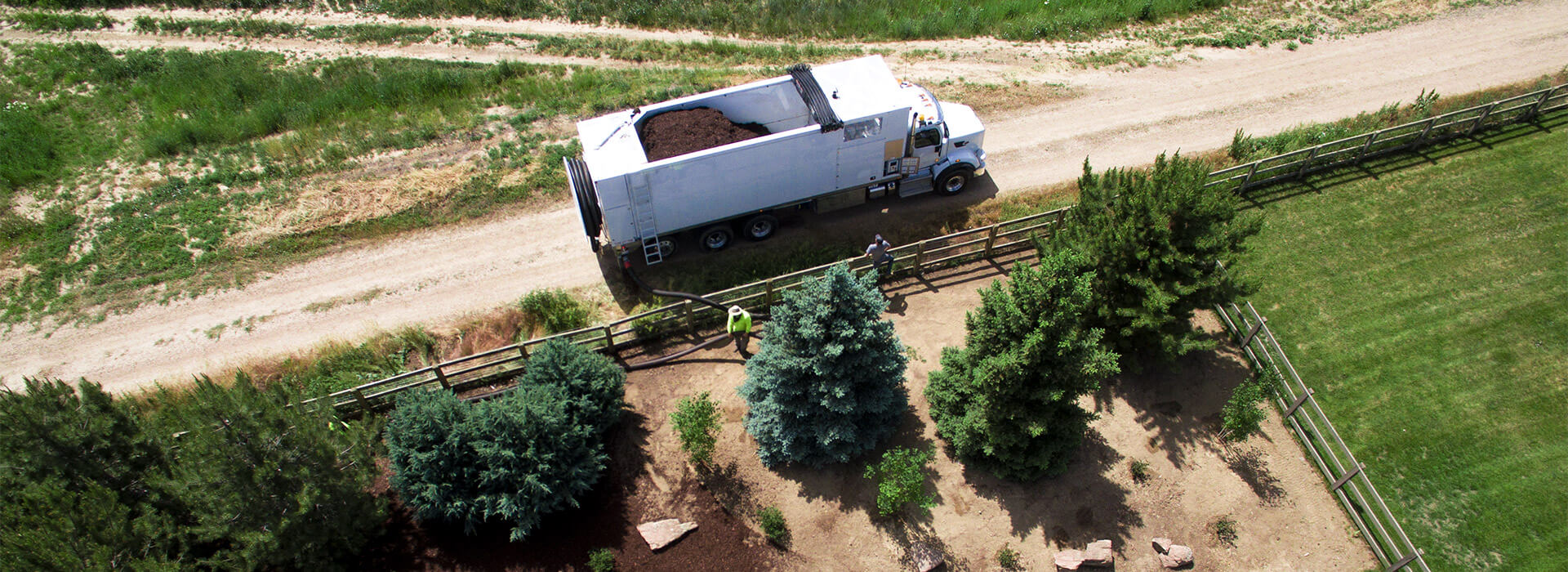
/ranger-plants/feature-images/astec-ranger-plant_i32_hsi.jpg?sfvrsn=98e3fd7_3)
/ranger-plants/feature-images/astec-ranger-plant_j20_jaw.jpg?sfvrsn=84f82d6b_3)
